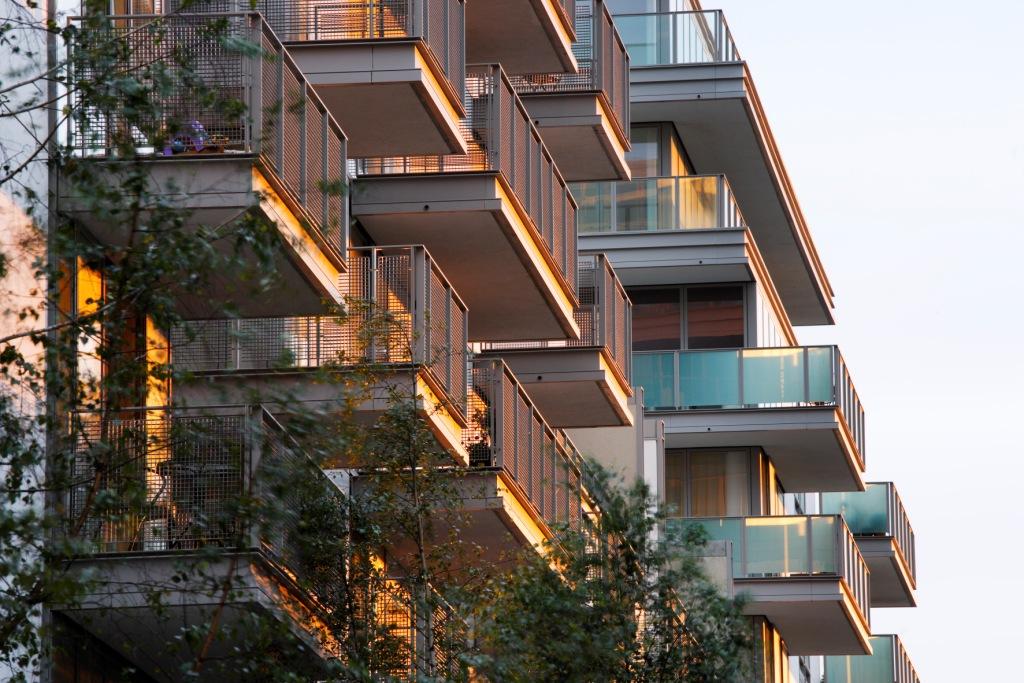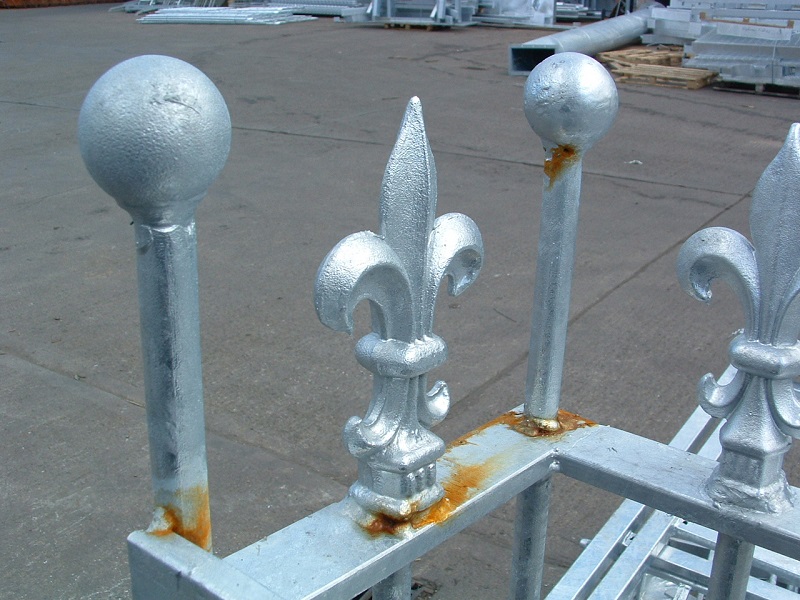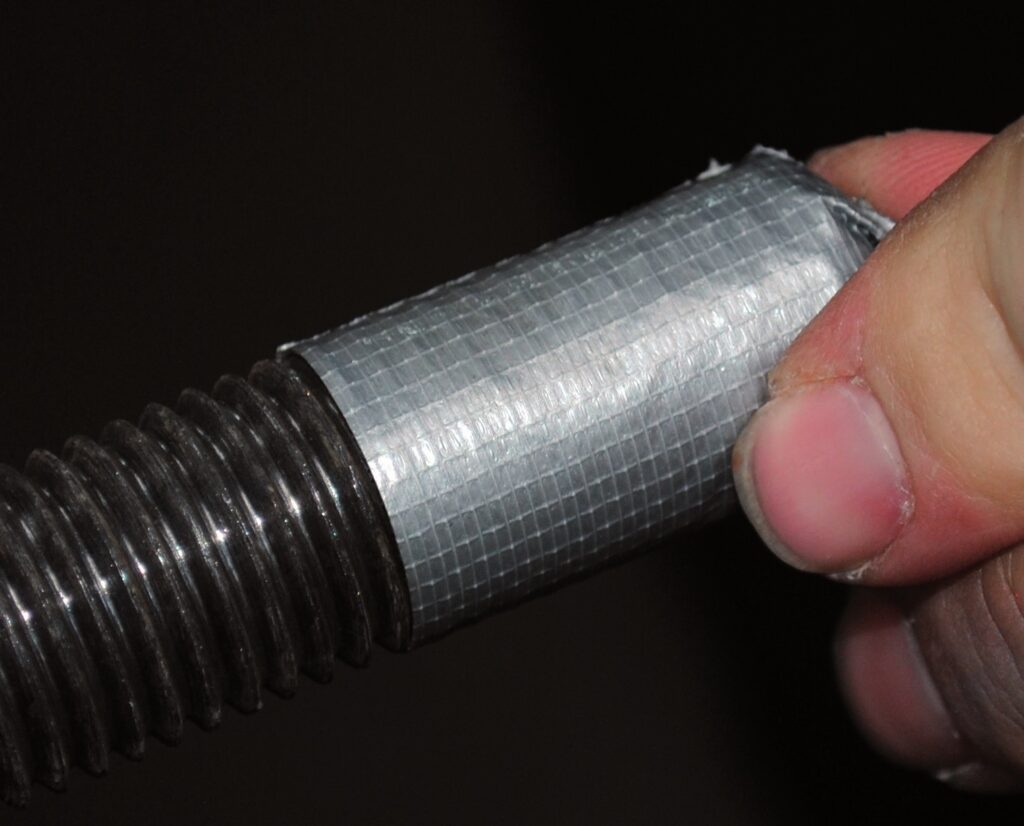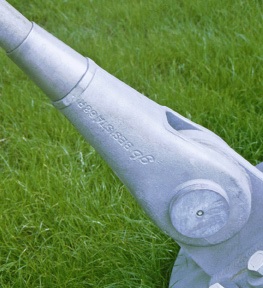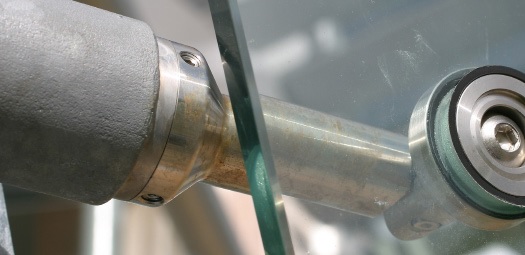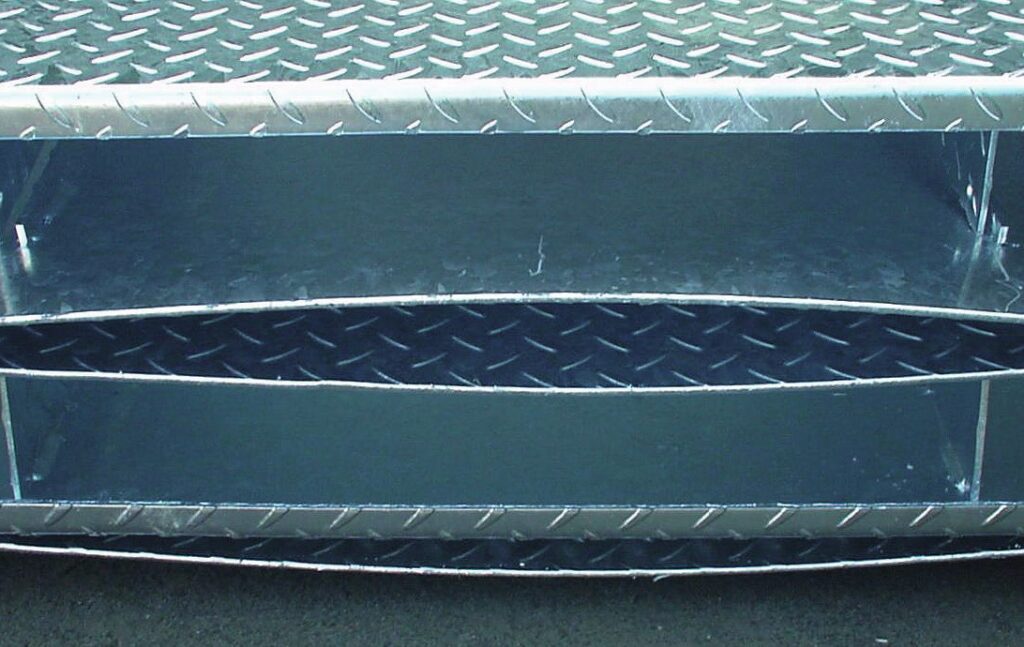Galvanizing and painting balconies
Q: We have a large balcony project and the Architect has requested that it be painted after Hot Dip Galvanizing. We have heard that most paint will not adhere directly to freshly galvanized steel. Is this true and how should we overcome this problem? A: In general most paints will not adhere to freshly galvanized […]
Galvanizing and painting balconies Read More »
